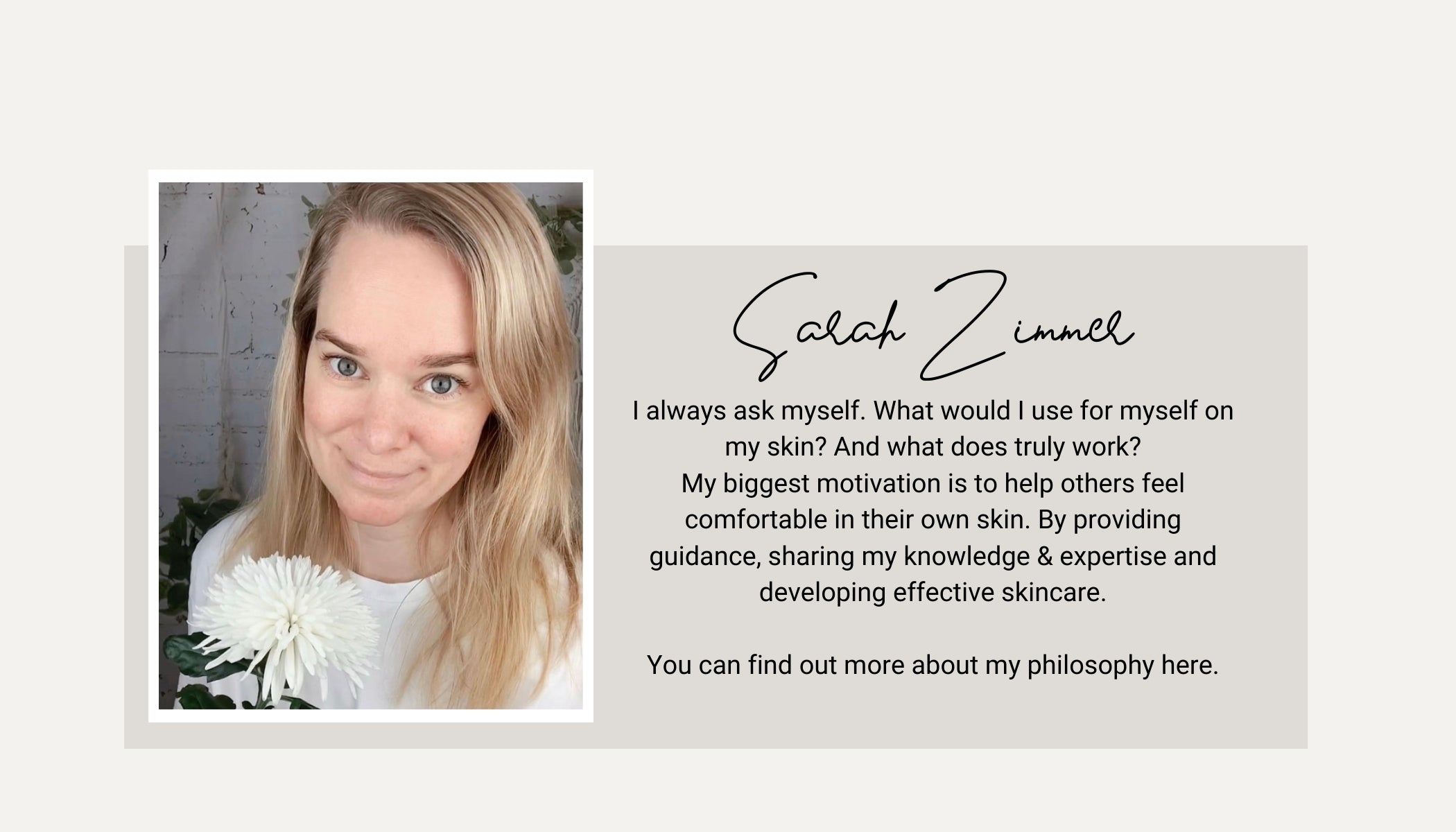Understanding Facial Flushing: Symptoms, Causes, and Solutions
FACIAL FLUSHING
If your face suddenly turns red for no apparent reason, you might be dealing with a case of facial flushing, also known as transient erythema. This common condition can affect people of all ages and skin types. Although it’s typically a temporary issue, it can be incredibly annoying for those who experience it. In this post, we’re here to break down what facial flushing is, what can trigger it, and most importantly, how to deal with it.
Facial flushing is characterised by a sudden and intense redness of the face, brought on by the dilation of blood vessels. It can last anywhere from a few minutes to several hours. Starting as a mild redness, it may worsen over time. The most common triggers include changes in temperature, sun exposure, strong emotions, alcohol consumption, and indulging in spicy foods. Statistically, it tends to affect women more frequently.
Skin Redness and Rosacea
Transient erythema is generally temporary, but if you don’t care for your skin properly, those blood vessels can widen over time, making the redness more frequent and noticeable. Did you know not wearing a sunscreen can lead to a more red skin tone due to broken blood capillaries on your face. However, it’s essential to note that suffering from facial flushing doesn’t necessarily indicate you have rosacea. Rosacea is an inflammatory skin condition that can cause flushing, but it’s also marked by visible blood vessels (telangiectasias), as well as papules and pustules in more severe cases.
10 Tips to Treat Facial Flushing
As there is no one-size-fits-all treatment for facial flushing, how best to deal with it will vary depending on the underlying cause. However, to help you manage facial flushing, we’ve put together ten tips:
Identify and Avoid Triggers:
Start by identifying and avoiding what triggers your flushing. Keep a diary of your flare-ups to spot patterns and possible causes.
Use a Gentle Skincare Routine:
Healthy, balanced skin begins with a proper skincare routine. Those with sensitive skin or a weak protective barrier are more prone to facial flushing. Steer clear of harsh cleansers and products containing alcohol, acids, or strong fragrances, as these ingredients can irritate the skin and worsen redness.
Opt for Warm Water:
Extreme temperatures can affect your blood vessels. Stick to washing your face with warm water only.
Incorporate Soothing Ingredients:
Ingredients like centella asiatica, bisabolol, panthenol, and allantoin can be real game changers for your skincare routine. Our must-have recommendation is the Everyday Cleansing Oil and Everyday Day Cream.
Daily Sunscreen Use:
The sun ranks high among the culprits for facial redness. Protect your skin year-round by using sunscreen regularly.
Skip Alcohol and Hot Drinks:
Both can dilate blood vessels and lead to facial flushing.
Avoid Spicy Foods:
Spicy foods can irritate your skin and exacerbate redness.
Manage Stress:
Stress is another common trigger. It’s crucial to find ways to manage it, such as incorporating meditation techniques into your daily life (our favourite self-care practice).
For Rosacea Sufferers:
If you’re dealing with rosacea-induced redness, consider incorporating azelaic acid, often listed as Potassium azeloyl diglycinate in the ingredients.
Consult a Professional:
If you’re experiencing persistent facial flushing, it’s important to reach out to your dermatologist or a trusted professional. They can work with you to develop a personalised treatment plan.
Other articles you might find insightful
Sign up and save
Subscribe to get special offers, free giveaways, and once-in-a-lifetime deals.








Leave a comment